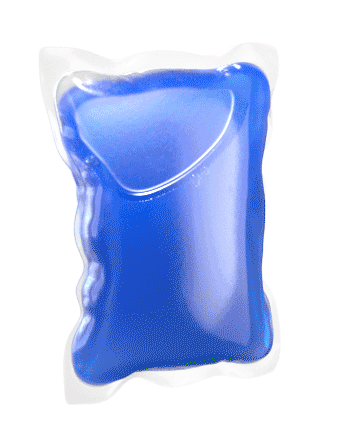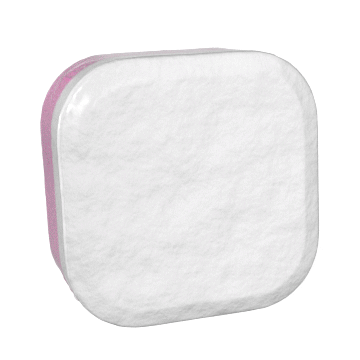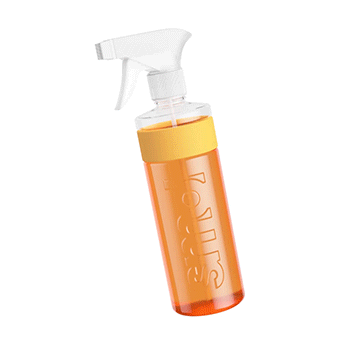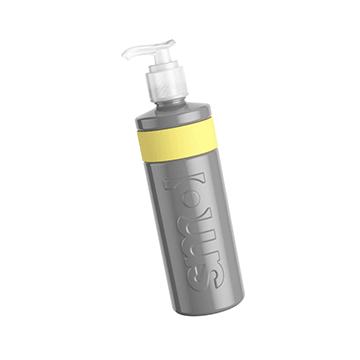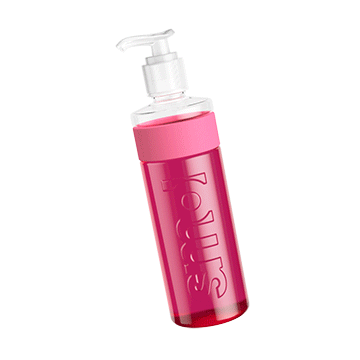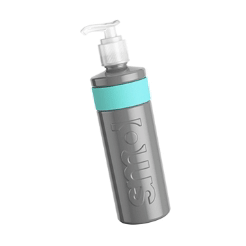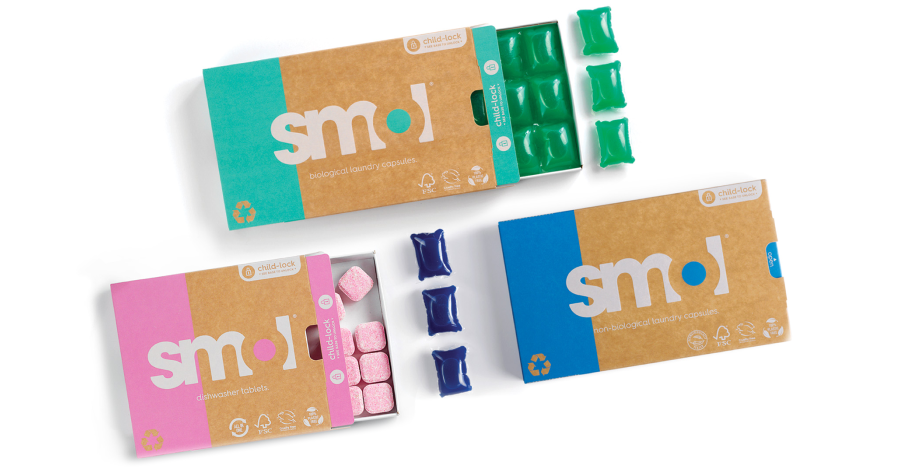Have you heard? 20°C is the new 40°C…
In fact cold washing is cool and for starters it’s going to save you money.
More and more machines nowadays include laundry cycles as cold as 15° or 20°C and it’s worth noting that washing at 20°C compared to 40°C can reduce your energy costs by 66%. And thanks to the power of modern detergents like smol bio, enzyme technology gives a brilliant clean, even at these lower temperatures, so performance is no longer a concern.
besides saving money and energy, are there other benefits to washing your laundry on a cold temperature?
The short answer is YES!
One study by researchers at the University of Leeds found that washing clothes at 25°C on a 30-minute cycle meant clothes shed fewer microfibres. But what does that matter?
Microfibres are tiny threads of fabric that shed from our clothing each time we wash them - and when they come from synthetic clothing… that means microplastics. Today scientists estimate that textiles are responsible for a WHOPPING 35% of the microplastic pollution in the world’s oceans (in the form of synthetic microfibers). This therefore makes textiles the largest known source of marine Microplastics pollution. Of course, there are ways to reduce this such as washing synthetics in laundry bags to catch the fibres, installing a filter on your machine or just not buying synthetic fibres in the first place.
BUT on top of this, simply turning down the temperature on your washing machine will cut your laundry’s contribution to this frightening pollution.
your clothes last longer!
Heat can break down the dyes in your clothing and cause dulling of bright colours over time. This is most apparent in black clothing that seems to fade to grey before our very eyes. Washing on cold will help preserve fabric colours so your clothes remain vibrant for longer.
Of course delicate fabrics (like lace and silk) do best in cold water washes anyway but it’s worth pointing out that most materials will keep their size and shape much more easily on cooler washes.
there’s less need to iron!
What’s not to love about finding your laundry has less wrinkles? Washing at higher temperatures means the heat breaks apart the bonds that hold polymers in place within the fibers of a fabric. That means there is more potential for creases and lines in your clothing. Turning DOWN the temperatures means this doesn’t happen so much… which all means LESS IRONING!
when shouldn’t you wash on cold?
Of course, in the real everyday world there will be situations that arise where warm or hot water works best.
If you need to ensure sanitisation of particular clothing - for example on underwear and on bedding or perhaps if somebody in your family is sick then it’s undeniable that washing in hot water can help stop the spread of germs.
and REMEMBER… always check the label!
Your clothing manufacturer knows what will work best for your laundry. Most labels will show a laundry symbol that looks like a square tub with a wavy line in it (water). This symbol contains a number which is the HIGHEST wash water temperature suitable for the garment.
so just stay cool.
Washing at lower temperatures is the modern way to do laundry and is an easy yet effective way to save money, energy and wear and tear on your clothing. Make these changes today and the savings will soon add up.
